Optimal Timing for Windows Installations
Choosing the optimal time for Windows installations can impact the efficiency and success of the process. Proper timing ensures minimal disruptions and allows for thorough preparation, testing, and troubleshooting if necessary.

Performing installations in the morning can allow for full-day support and troubleshooting if issues arise.

Weekends often provide more flexible time slots, reducing impact on business operations.

Scheduling during off-peak seasons minimizes disruptions during busy periods.
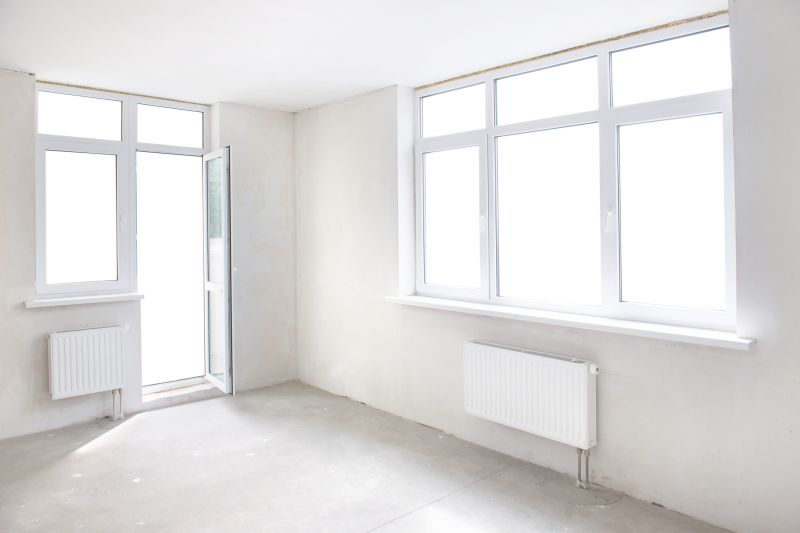
Ways to make Windows Installations work in tight or awkward layouts.

Popular materials for Windows Installations and why they hold up over time.

Simple add-ons that improve Windows Installations without blowing the budget.

High-end options that actually feel worth it for Windows Installations.

Finishes and colors that play nicely with Windows Installations.
Windows installations are a critical component of maintaining secure and efficient computer systems. Proper planning and timing can reduce downtime and ensure compatibility with existing hardware and software. Statistics show that scheduling installations during regular business hours with adequate support can decrease troubleshooting time by up to 30 percent.
Schedule installations after completing system backups to prevent data loss.
Coordinate with designated maintenance windows to avoid conflicts with daily operations.
Align installations with hardware upgrade cycles for optimal performance.
Perform installations after verifying software and hardware compatibility.

An overview of the step-by-step process involved in Windows installations.

Ensuring data safety before initiating Windows upgrades or fresh installs.

Common issues encountered during Windows installations and how to resolve them.

Configuring settings and updates after completing the Windows installation.
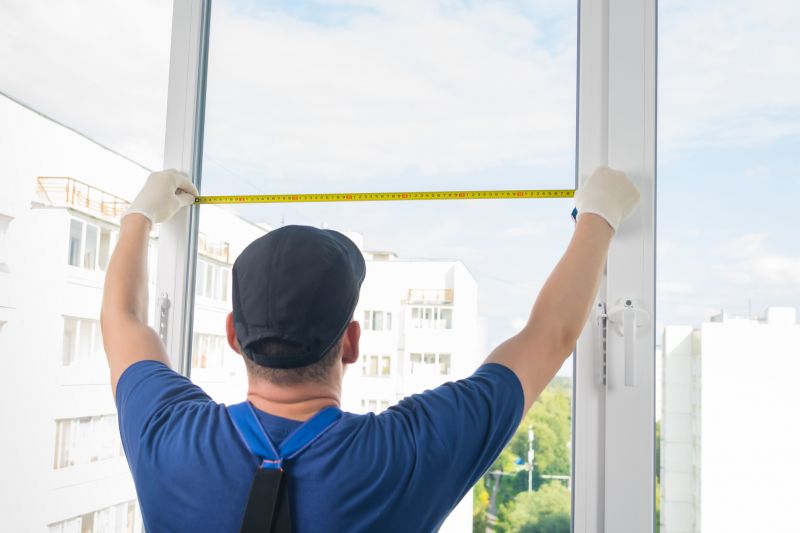
Little measurements that prevent headaches on Windows Installations day.

A 60-second routine that keeps Windows Installations looking new.

A frequent mistake in Windows Installations and how to dodge it.

Small tweaks to make Windows Installations safer and easier to use.
| Timing Consideration | Best Practices |
|---|---|
| Early Morning | Begin installations early to allow for troubleshooting during business hours. |
| Weekends | Schedule during weekends to minimize operational disruptions. |
| Off-Peak Seasons | Plan during low-activity periods for smoother updates. |
| Post-Backup | Always back up data before starting the installation process. |
| Compatibility Check | Verify hardware and software compatibility beforehand. |
| User Availability | Choose times when users are least active. |
| Maintenance Window | Coordinate with existing maintenance schedules. |
| Hardware Upgrade Cycle | Align with hardware refresh periods for maximum benefit. |
The timing of Windows installations plays a vital role in minimizing operational downtime and ensuring a smooth transition. Proper planning involves considering business hours, user activity, and hardware readiness. Regularly scheduled updates and installations during designated maintenance periods can improve system stability and security.
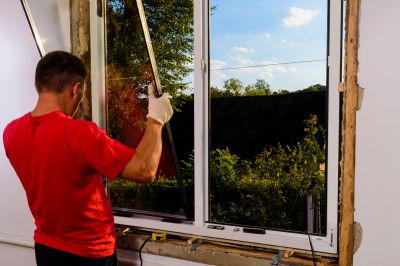
Typical timeline from preparation to completion of Windows installations.

Availability of technical support during scheduled installation times.

Monitoring system performance after the installation to ensure stability.

Training users on new features or changes after installation.

Lower-waste or water-saving choices for Windows Installations.

The short, realistic tool list for quality Windows Installations.
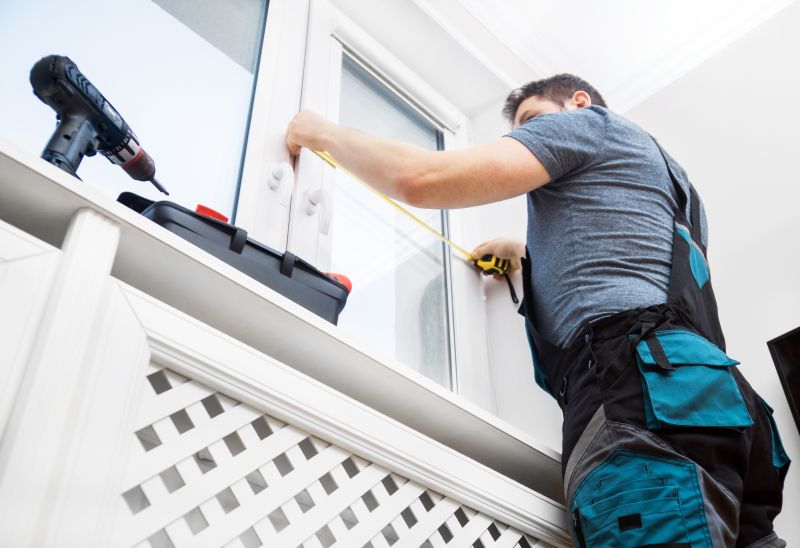
Rough timing from prep to clean-up for Windows Installations.
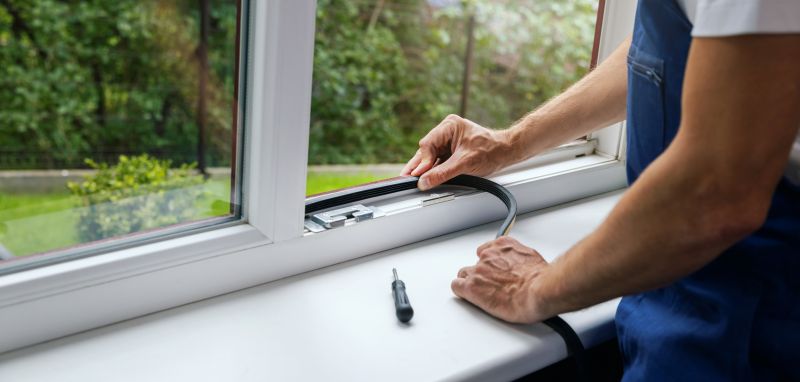
Quick checks and paperwork to keep after Windows Installations.
Interested in scheduling Windows installations? Fill out the contact form to discuss options and plan the best timing for needs.




